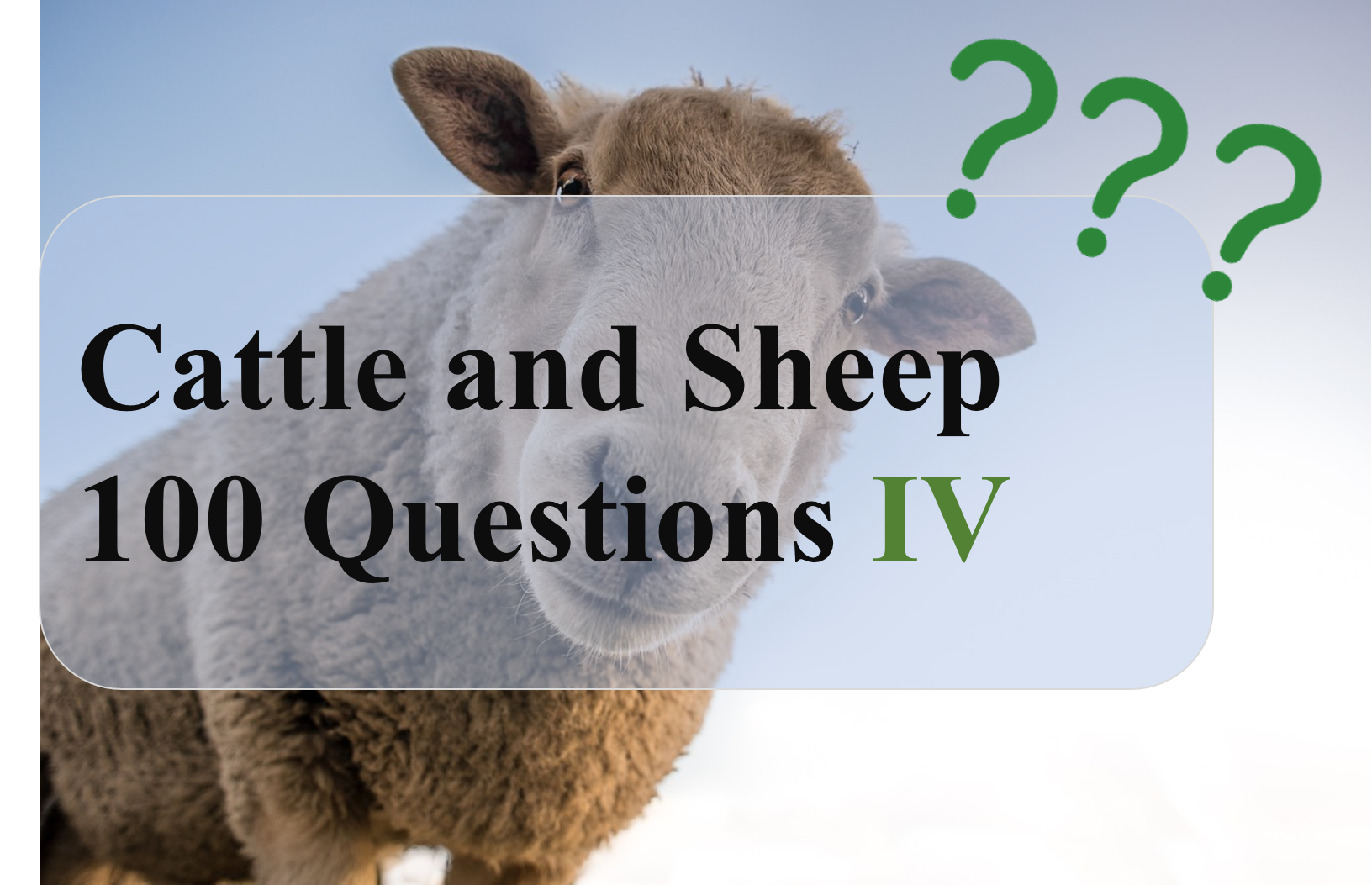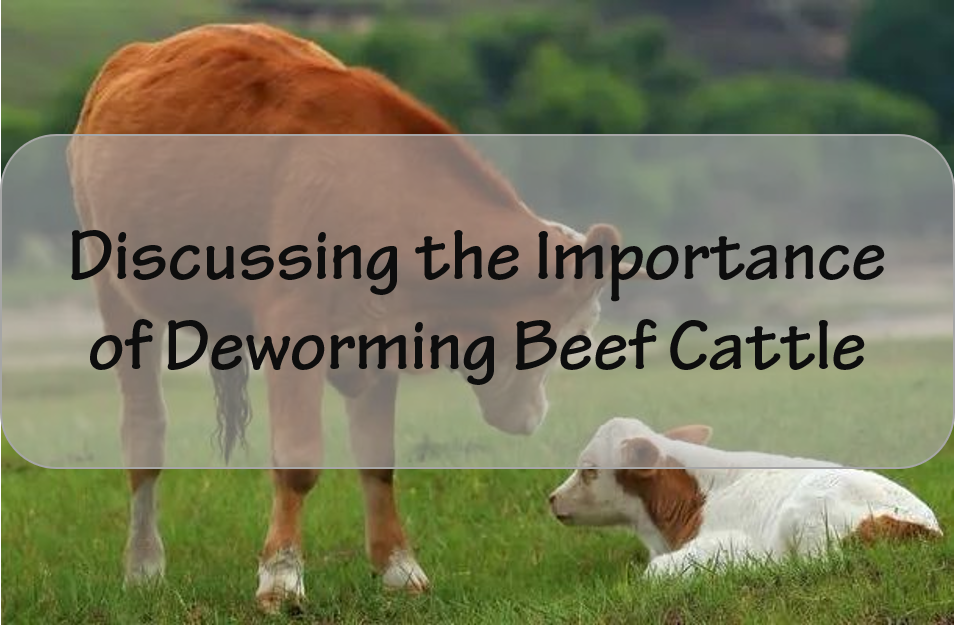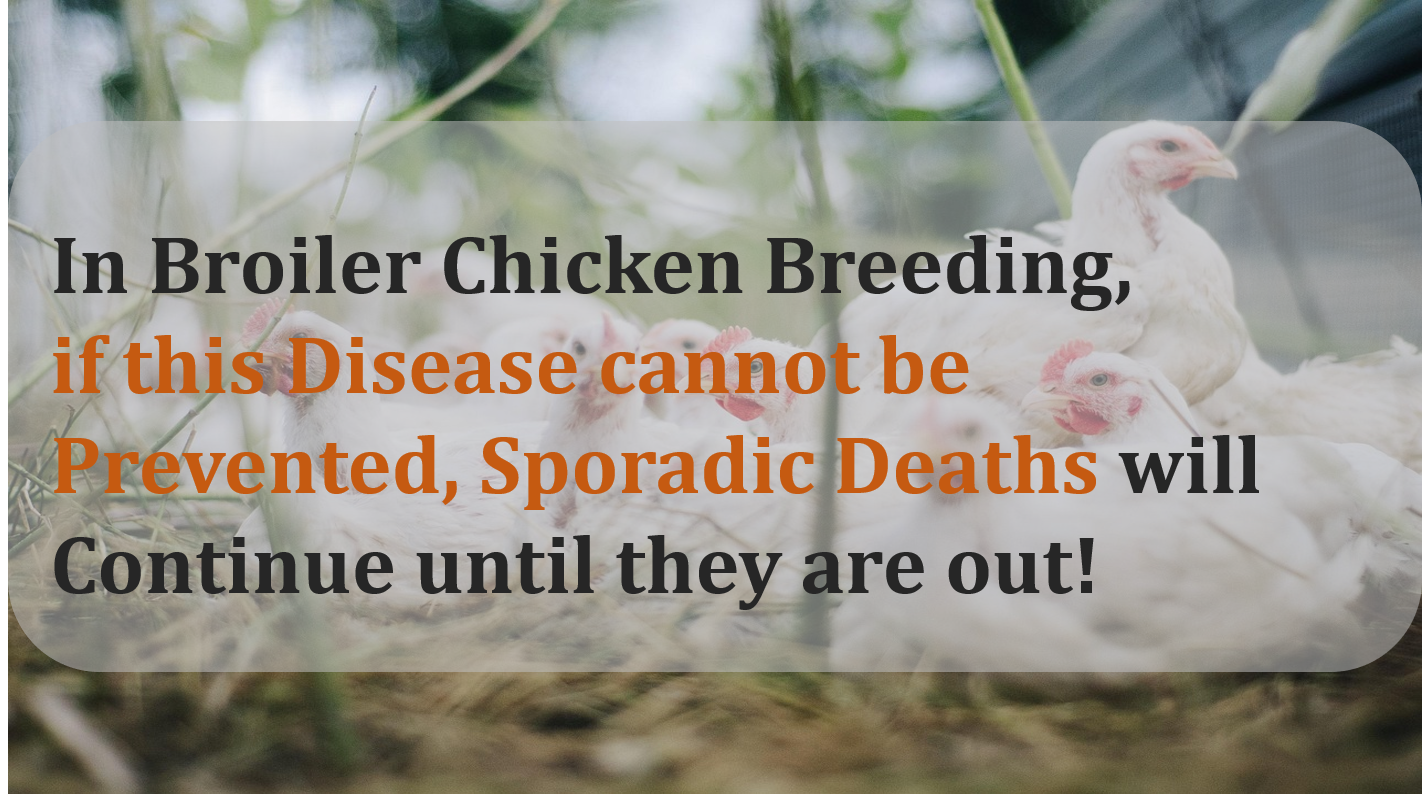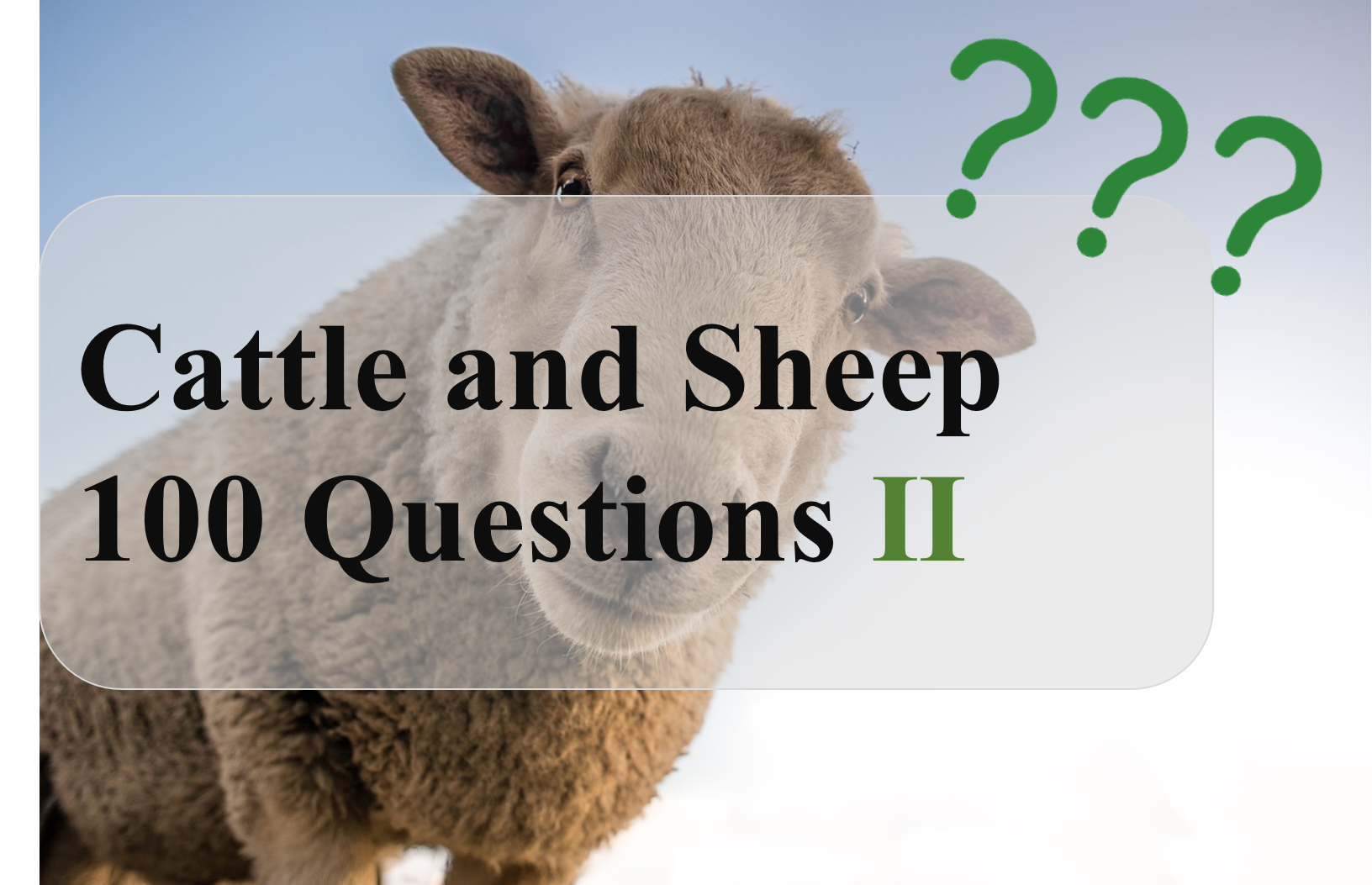|
Will Beneficial Bacteria Defensins, as a natural broad-spectrum antimicrobial substance, have obvious bactericidal effects on most microorganisms in vitro and vivo experiments. However, in the vivo environment, the role of defensin can be selective. To understand the killing effect of defensins on beneficial bacterials, we’d better to understand the bactericidal mechanism of defensins, as well as the recognition of beneficial and harmful microorganisms. Bactericidal Mechanism of Defensins Antimicrobial peptides bind to microorganisms through charge adsorption. Therefore, microorganisms with higher negative charge are more susceptible to attack by antimicrobial peptides. Some pathogens usually have higher surface negative charge, so antimicrobial peptides in the body will selectively adsorb to these microorganisms. However, in terms of the overall environment, antimicrobial peptides mainly regulate the overall microbial concentration. Learn more Why Distinguish Beneficial Microorganisms Harmful and beneficial microorganisms are labels we artificially assign to. In fact, for animal organisms, microorganisms should be classified as pathogenic microorganisms, conditionally pathogenic microorganisms, and harmless microorganisms.
In terms of nutritional levels, even harmless microorganisms can be detrimental if their concentration is too high, as they can consume energy in the feed. However, due to the uneven level of breeding, the content of various anti-nutritional factors and indigestible substances in the feed varies. Therefore, the ability of some microorganisms to process food residues in the intestines shows their positive effects.
At the microbial ecological level, resident microorganisms are the most important. A stable resident microbial community not only allows the intestines to have colonization resistance but also allows for communication between the intestinal mucosa and the microbial community, promoting mucosal immunity. However, externally added microorganisms are difficult to colonize the intestines and become resident microorganisms. Therefore, the establishment of the microbiota is more the result of animal selection and environmental interactions. Distinguishing between beneficial and harmful microorganisms at this level is meaningless.
With the above knowledge, it is easier to understand the relationship between defensins and microorganisms
Will Defensins Kill Probiotics in Feed?   As feed enters the digestive tract, live bacteria preparations and defensins face greater challenges-- such as low pH and digestive enzymes. Therefore, most of the beneficial microbes that survive after digestion are located in the posterior intestinal region. Selective Bactericidal Action of Defensin in Vivo Defensin acts as the manager of the intestinal microflora. It not only has good stability, such as resistance to digestion, but also ensures that exogenous pathogenic microorganisms do not invade the body. Defensin starts to work from the front of the small intestine and its function is influenced by the environment.
 Probiotic and gut lactobacilli and bifidobacteria: molecular approaches to study diversity and activity, Annual Review of Microbiology 2009, . M. Kleerebezem, E. Vaughan.  Bacterial invasion and the gut response Ganz, T. Gut defence. Nature 422, 478–479 (2003).   (Muniz, 2012; Bevins, 1999) |
 Cattle and Sheep 100 Questions Ⅳ
Cattle and Sheep 100 Questions Ⅳ
 Discussing the Importance of Deworming Beef Cattle
Discussing the Importance of Deworming Beef Cattle
 In broiler chicken breeding, if this disease cannot be prevented, sporadic deaths will continue until they are out!
In broiler chicken breeding, if this disease cannot be prevented, sporadic deaths will continue until they are out!
 Cattle and Sheep 100 Questions Ⅱ
Cattle and Sheep 100 Questions Ⅱ